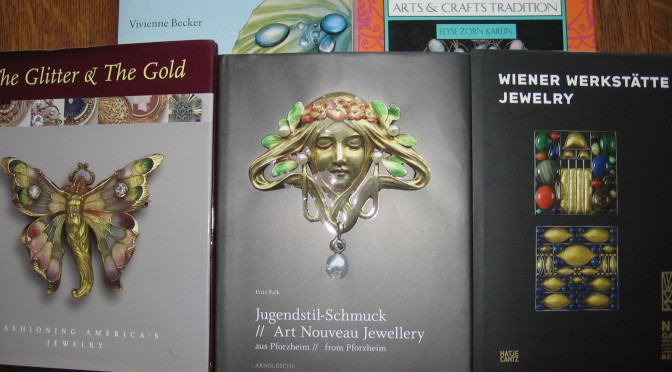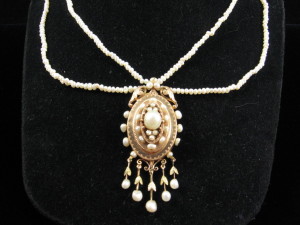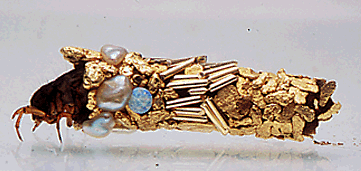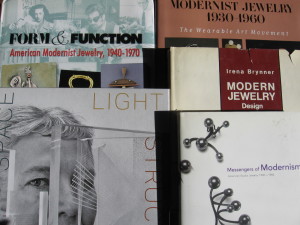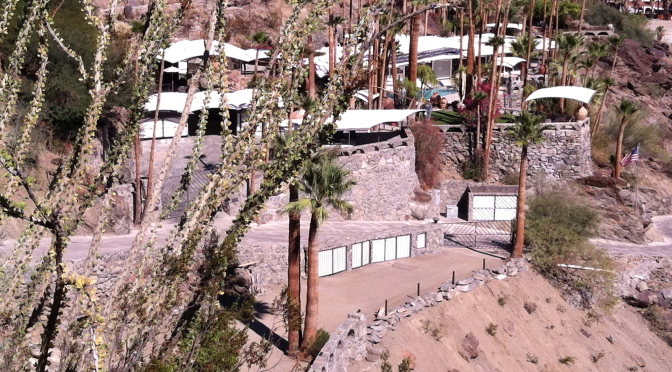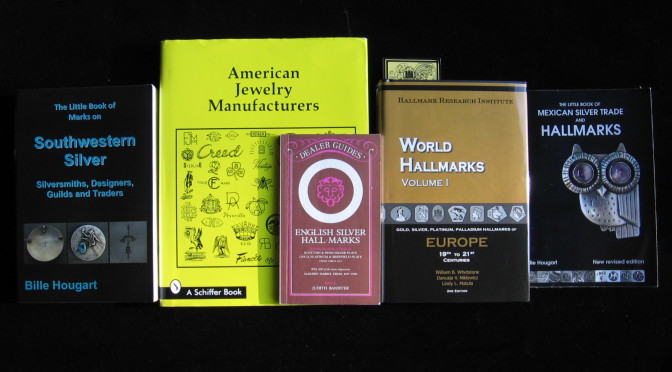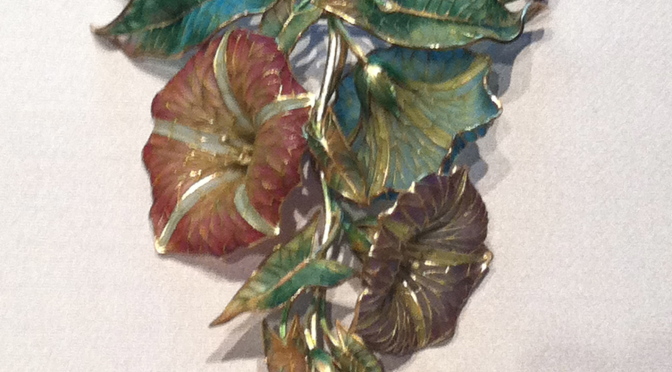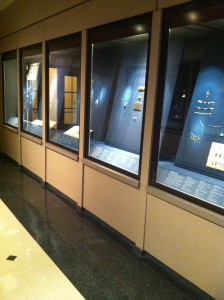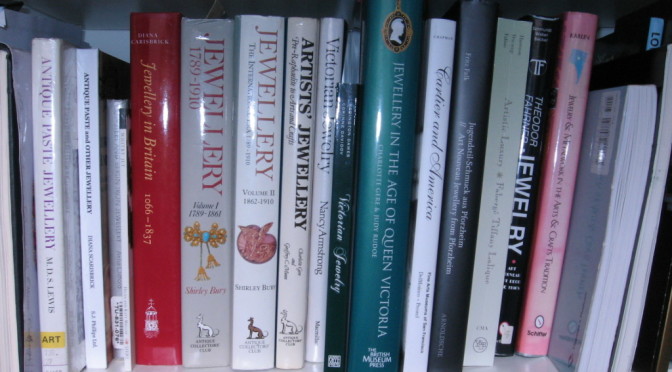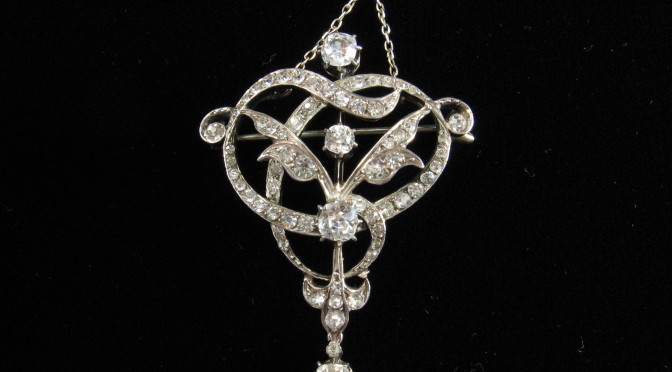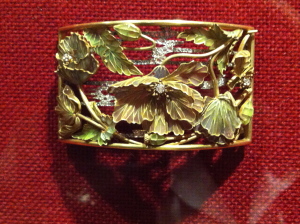 The turn of the 20th century saw an explosion of new design movements throughout the world. These movements go by different names in different countries: Art Nouveau, Arts and Crafts, Jugendstil, Secessionist, Wiener Werkstatte, Sconvirke. These movements also coincide with, or overlap, the Edwardian era which is named for the reign of King Edward VII in England (1901-1910).
The turn of the 20th century saw an explosion of new design movements throughout the world. These movements go by different names in different countries: Art Nouveau, Arts and Crafts, Jugendstil, Secessionist, Wiener Werkstatte, Sconvirke. These movements also coincide with, or overlap, the Edwardian era which is named for the reign of King Edward VII in England (1901-1910).

With the exception of Edwardian jewelry with its delicate tracery of diamonds and platinum, the other design movements are often characterized by the minimal use of precious materials; the emphasis instead is on flowing lines (sometimes contrasted with hard-edged geometry), color, and symbolism. There are several excellent books on jewelry of this era:
Follow
